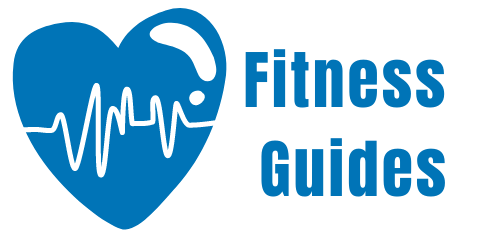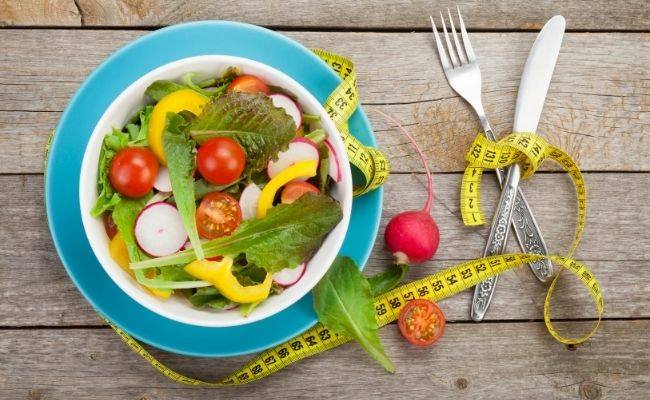If you want to lose weight, you might want to consider your calorie intake. You can reduce this caloric intake either by eating less or exercising.
However, some foods gained the reputation of negative-calorie because you’re supposed to lose calories when you ingest them.
So what’s the science behind that statement? And what are some negative-calorie foods? Read this article to find out.
The Claim
Before we settle the claim, let’s look a bit into your digestive process. Firstly, you probably already know that food contains three primary types of nutrients: carbohydrates, protein, and fats. These macronutrients provide your body with energy in the form of calories.
However, your body burns a certain amount of calories when it digests these foods.
So negative-calorie foods contain fewer calories than those your body needs for their digestion. Therefore, you may lose weight by eating them.
Some of the most common negative-calorie foods are:
- Celery
- Lettuce
- Cucumbers
- Broccoli
- Lemon
- Berries
These veggies and fruits contain 90% water and just around 10-15 calories per cup.
Considering that all these supposedly negative-calorie foods actually do contain some calories, the question is:
Does your body need more calories to digest them than what they contain?
The Science
Let’s look at the calories you need to chew your food first. The research is limited here, but we found this study that says you can burn about 5 calories per 30 minutes from chewing.
Secondly, we should analyze the calories used during digestion. The rule of thumb is that your body requires fewer calories for digesting a certain food than the calories in that particular item.
The percentages your body needs vary depending on each nutrient:
- Carbohydrates: 5-10%
- Fat: 0-5%
- Protein: 20-30%
The famous negative-calorie foods are about 90% water and carbs. As such, you won’t burn more than 5-10% of their total calories during their digestion process. Chances are you won’t burn more than half a calorie for chewing them either.
The really interesting problem refers to zero-calorie foods like cold water or coffee. If you’re burning at least one calorie when you’re lifting your cup to your mouth and when you’re swallowing, it counts as a win, right?
The other claim regarding zero-calorie foods is that they increase your metabolism. However, this increase is just up to 24 calories per hour, meaning a very slight metabolic boost.
In Conclusion: How Should You Eat for Quick Weight Loss?
Although the alleged negative-calorie foods aren’t actually negative-calorie, they still have plenty of benefits. These fruits and veggies are rich in vitamins and minerals, they’re hydrating and satiating. For instance, kale, blueberries, and spinach are good sources of vitamins C and K.
You should also include protein-rich foods in your diet if you want to lose weight. Proteins protect your muscles, aid your immune system, and reduce hunger pangs.
You should choose low-calorie protein-rich foods, such as salmon, whole eggs, and plain Greek yoghurt. These foods contain healthy vitamins, minerals, as well as healthy fats.
Even if it sounds counterintuitive to you, be sure to include healthy fats into your diet if your goal is to lose weight.
You should also add more whole foods into your diet because they’re filled with nutrients such as vitamins and minerals. That means whole foods keep your body healthy for longer. Conversely, processed foods have very few nutrients.
Another advantage of whole foods is that they require more calories for their digestion. In fact, one study shows that your body burns 20% of the number of calories in whole foods for their digestion. On the other hand, it only uses 10% to digest processed foods.
So here’s the bottom line:
So-called negative-calorie foods are good for you, but you should include other healthy foods into your diet.Otherwise, you may lose essential nutrients that keep you healthy such as healthy fats and protein.
- At What Incline Should You Walk on a Treadmill? - August 29, 2022
- 7 Best Budget Exercise Bikes (under £200) - April 5, 2022
- 6 Best Compact Treadmills for Small Spaces - April 5, 2022

